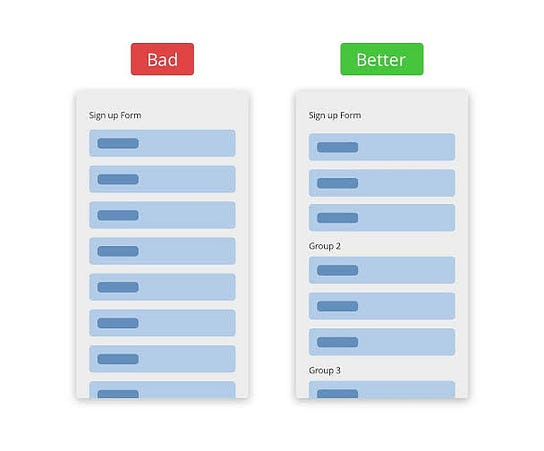10 Important principles and laws of UX design
1. Hick’s Law:
The time taken to make a decision increases with the number of choices available.
2. Fitts’s Law:
The time to move to a target is a function of its size and distance from the user.
3. Gestalt Principles:
Laws such as proximity, similarity, closure, and continuity guide visual organization.
4. Miller’s Law:
The average human can hold about seven pieces of information in their short-term memory.
5. Jakob’s Law:
Users prefer interfaces that align with their existing mental models.
6. Familiarity Principle:
Consistency in design patterns enhances usability.
7. Nielsen’s 10 Usability Heuristics:
Guidelines for interaction design, covering visibility, freedom, and system status.
8. Usability and Accessibility:
Inclusive design principles for accessibility and usability to users of all abilities.
9. Progressive Disclosure:
Gradually revealing information to prevent overwhelming users.
10. Customer Feedback Loop:
Providing immediate feedback to users for their interactions.
Originally posted at medium by Nischith Austin










